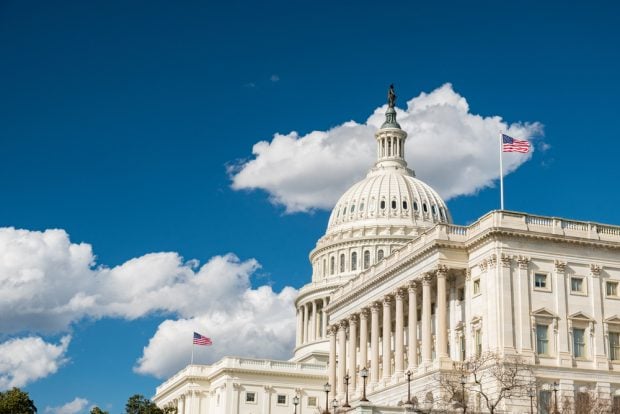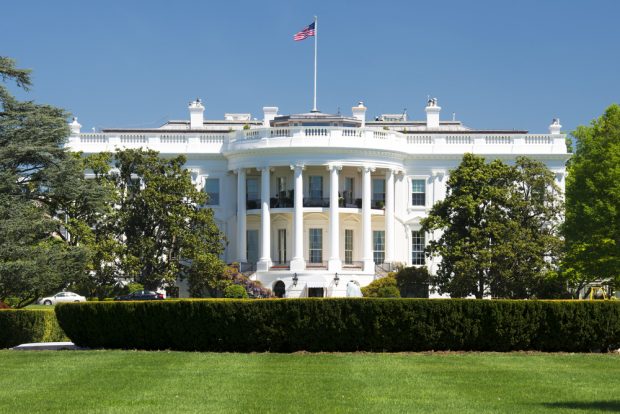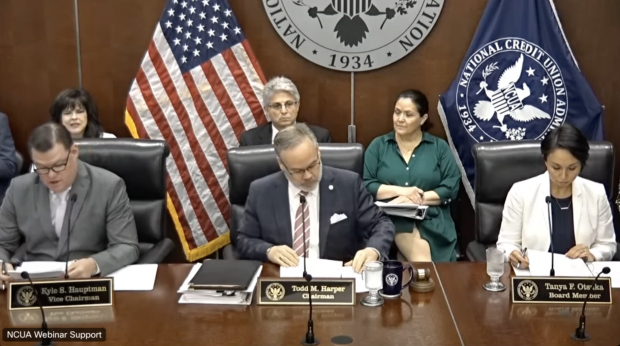NCUA's Seventh Annual Budget Briefing Slated for Oct.22
ALEXANDRIA, Va. — NCUA recently announced that its seventhannual Budget Briefing and Public Forum will be held Oct. 22.
At 10 a.m., NCUA Executive Director Len Skiles will present theproposed 2008 budget, and then industry participants will have theopportunity to present their comments.
Continue Reading for Free
Register and gain access to:
- Breaking credit union news and analysis, on-site and via our newsletters and custom alerts.
- Weekly Shared Accounts podcast featuring exclusive interviews with industry leaders.
- Educational webcasts, white papers, and ebooks from industry thought leaders.
- Critical coverage of the commercial real estate and financial advisory markets on our other ALM sites, GlobeSt.com and ThinkAdvisor.com.
Already have an account? Sign In Now
© 2024 ALM Global, LLC, All Rights Reserved. Request academic re-use from www.copyright.com. All other uses, submit a request to [email protected]. For more information visit Asset & Logo Licensing.









